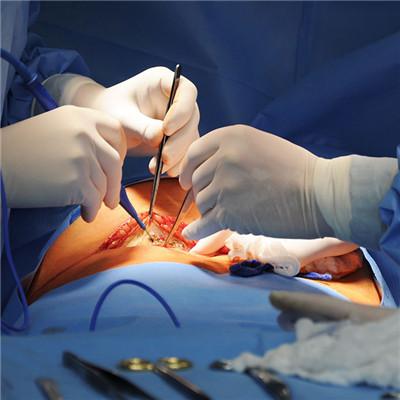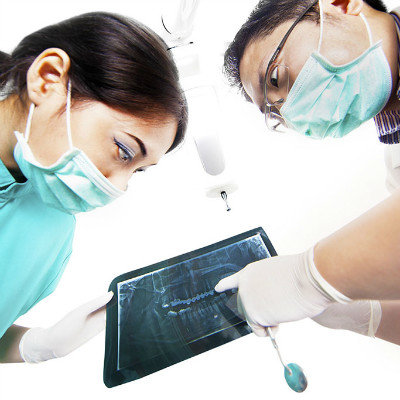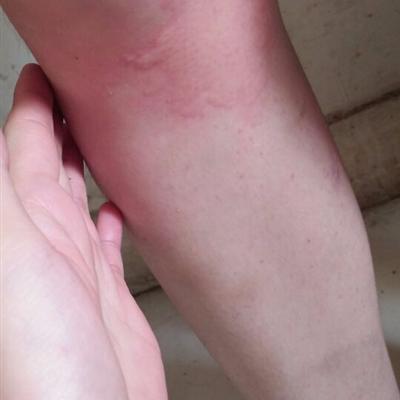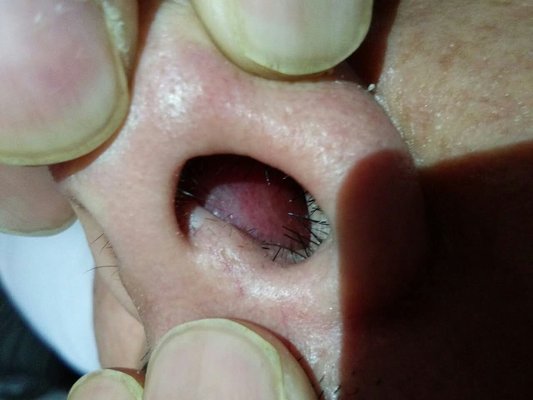What is suppurative cranial osteomyelitis?
summary
Most of the suppurative osteomyelitis of skull comes from direct infection, such as open skull fracture, infection after craniotomy or craniotomy, skull traction, etc., as well as radiation therapy, skin transplantation failure and so on. Osteomyelitis of the skull can occur in any part of the skull, but the frontal and parietal bones of the cranium are the most common.
What is suppurative cranial osteomyelitis?
Suppurative cranial osteomyelitis is a kind of nonspecific inflammatory reaction caused by pathogenic bacteria invading into the skull through various ways. Staphylococcus aureus, Streptococcus and Escherichia coli are the most common pathogens. Other pathogens include Pseudomonas aeruginosa, Staphylococcus albicans, anaerobic bacteria, etc. there are also mixed infections of various pathogenic bacteria, often due to head and face furuncle and paranasal sinusitis, In oral pharyngitis and purulent infection foci of wounds in other parts of the body and the head, bacteria invade the skull through spreading and blood dissemination, and then enter the barrier through the vein to form thrombosis and purulence, blocking the blood supply of the inner and outer plates and the barrier. The further development of inflammation increases the pressure in the barrier and expands to the surrounding, resulting in the destruction of the bone plate and the formation of dead bone, So that the inflammation spread to the periosteum and intracranial, causing inflammation under the scalp, further development of the formation of abscess, the formation of chronic sinuses after rupture and intracranial invasion, resulting in intracranial complications, but the most common clinical reasons are incomplete debridement in the early stage after craniotomy and wound contamination during or after craniotomy.

Osteomyelitis of the skull can occur in any part of the skull, but the forehead and parietal bone of the skull cap are the most common. The onset of osteomyelitis is acute and slow. In the acute stage, it is mainly caused by virulent pathogenic bacteria, which can be violent. The onset of osteomyelitis is sudden and the patient's temperature can be as high as 40 ℃, The leukocytes in peripheral blood increased, and polymorphonuclear leukocytes accounted for more than 90%. At the same time, inflammatory infiltration occurred in the local skull, and the corresponding scalp could show redness, swelling, heat and pain.

The diagnosis of typical osteomyelitis of skull is not difficult. In the patients with contaminated open craniocerebral injury or craniocerebral operation wound, the postoperative body temperature rises, the peripheral blood leukocytes increase, the wound is red, swollen, hot, painful or dehiscent, the pus is not healed for a long time, and there are head and face boils or purulent infection in other parts of the body at the same time, It gradually becomes a fluctuating abscess under the scalp, and then ulcers and often discharges yellow or yellow green sticky pus and small dead bone. Supplemented by skull X-ray, CT, MRI examination, pus smear staining, microscopic examination, purulent bacteria can be found.

matters needing attention
The most common complications of suppurative cranial osteomyelitis are purulent meningitis, extradural or subdural abscess and brain abscess. The symptoms, signs and treatment methods are as mentioned above. All the above complications are life-threatening. Even after active treatment, there are still some neurological dysfunction, such as mental retardation, limb paralysis and seizures, Hydrocephalus and other sequelae, however, simple suppurative cranial osteomyelitis, such as timely treatment, in addition to postoperative skull defects, few other sequelae.
















